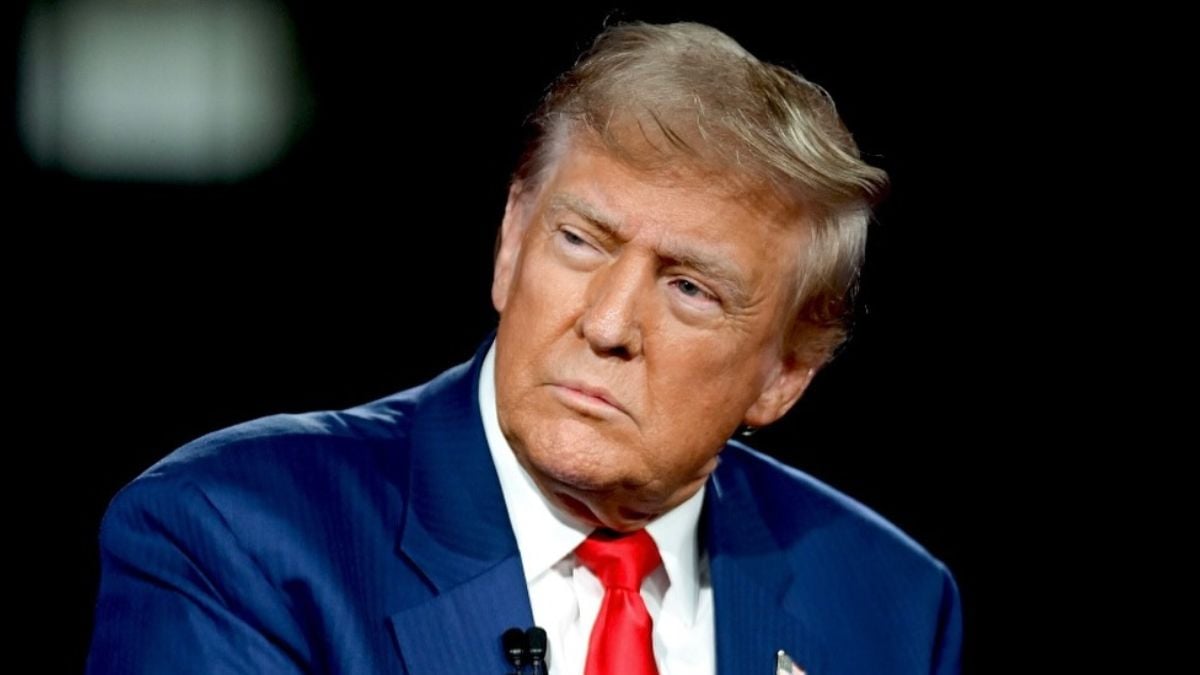
The President of the United States, Donald Trump, once again shook the global economic and trade landscape by signing an executive order to impose reciprocity or reciprocal tariffs. According to the president, this measure aims to counteract trade barriers and import taxes from other countries that, in his view, put the U.S. economy at a disadvantage.
What are reciprocity tariffs?
Donald Trump used the term “reciprocity or reciprocal tariffs” to refer to a policy in which the United States will charge partner countries the same level of taxes—or even higher—than those applied to U.S. products.
“I have decided, for fairness reasons, that I will charge a reciprocal tariff, meaning whatever countries charge the United States of America,” the president stated from the Oval Office.
Although this type of measure is not entirely new in the history of U.S. trade policy, Trump’s proposal is part of a broader protectionist strategy.
With this, he seeks to push some nations to reconsider their policies and reduce the tariffs imposed on U.S. exports. “We are going to be flooded with jobs, they will come to build companies, and with that, more jobs will be created—it’s a win-win situation,” the president assured, emphasizing job creation as one of the main benefits of his new tariffs.
ALSO READ: Nissan could leave Mexico due to Trump tariffs
Which countries are affected by these new U.S. tariffs?
The executive order signed by Donald Trump states that reciprocity tariffs will take effect starting April 2—rather than immediately—and will focus on a wide range of countries.
The president explicitly mentioned India, as well as several European Union nations (Italy, Germany, and France, among others). Additionally, he threatened to impose a tariff of “up to 100%” on the nations that make up the BRICS+ bloc, originally consisting of Brazil, Russia, India, China, and South Africa, but now including Egypt, Ethiopia, Indonesia, Iran, and the United Arab Emirates.
Trump was blunt in his warning: “They will be hit with that tariff if they even dare to mess with the U.S. dollar… but BRICS no longer exists, it ceased to exist the moment I said not to mess with the United States or the dollar,” he declared.
India, for example, is among the countries with the highest barriers against U.S. products, according to Trump.
Will tariffs harm the U.S. economy?
One of the biggest concerns among analysts and various business sectors is the potential inflationary impact these new tariffs might cause. However, the president dismissed these concerns, arguing that the effects would be positive in the long run: “Inflation will drop, and eventually, interest rates—tariffs and interest rates go hand in hand.”
He added that even if prices rise in the short term, they will eventually go down, which, in his view, “will make our country a fortune… the $36 trillion debt will be paid off.”
Trump has also maintained that by encouraging the establishment of factories and manufacturing within U.S. territory, job creation will be boosted, and local competitiveness will be strengthened. “If they build here, there will be no tariffs; prices in the U.S. may increase in the short term, but they will decrease in the long run and will make our country a fortune…,” he affirmed.
Tariffs: Donald Trump’s bargaining chip
The imposition of tariffs by the White House is no small matter. Several experts have warned about the risk of a trade war that could increase import costs, cause shortages of certain supplies, and trigger similar responses from other nations.
However, Trump himself acknowledged: “Tariffs are great,” reaffirming his tariff strategies. Nevertheless, both on Wall Street and among some members of Congress, there is concern that these duties will add to inflationary pressures, making it harder for the Federal Reserve to lower interest rates in the future.
Some analysts suggest that the strong presence of reciprocal tariffs could particularly harm developing countries.
What is Trump’s tariff plan?
The president signed a memorandum directing his team—led by the U.S. Trade Representative and the Secretary of Commerce—to calculate reciprocal tariffs in each case.
Donald Trump has emphasized that his goal is not necessarily to impose immediate penalties but to pressure countries to lower their tariffs and ease regulations.
Howard Lutnick, appointed by Trump to head the Department of Commerce, explained that the strategy includes a thorough review of each nation’s tariffs, as well as non-monetary taxes or indirect mechanisms that hinder U.S. product entry. This work, he noted, would be completed before April 1, in accordance with a deadline set from the first day of the current president’s administration.
Will more products be affected by tariffs?
Among the goods that Donald Trump has explicitly mentioned are steel and aluminum, which already face generalized tariffs. Additionally, the president has cited automobiles, semiconductors, and pharmaceutical products as possible targets for new levies.
The president assured that these announcements are not intended to shock the market but rather to exert pressure to balance trade exchanges, which, in his view, keep the United States in a state of “chronic disadvantage.”










